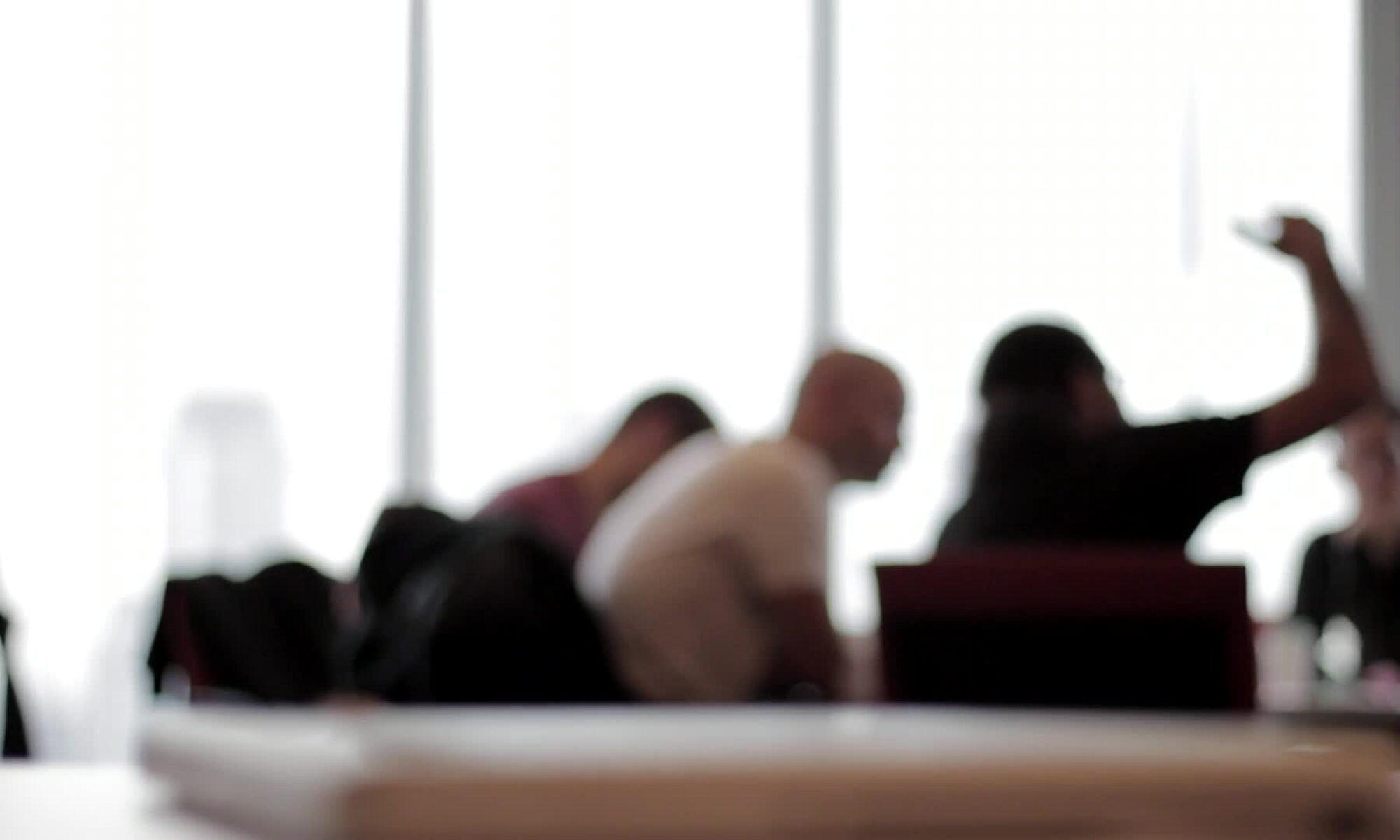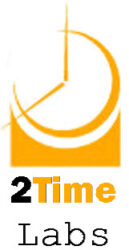 I started using a strange word, awakeness, in an attempt to describe a quality that I have witnessed in the most productive people I have met.
I started using a strange word, awakeness, in an attempt to describe a quality that I have witnessed in the most productive people I have met.
I recently dug up the post from the blog where 2Time actually started – “Chronicles from a Caribbean Cubicle.” Here is the article in full.
Awakeness – the Key to Accomplishment
I had the privilege of leading a workshop today here in Trinidad at the TTAIFA conference – the Trinidad and Tobago Association of Insurance and Financial Agents.
The group was a wonderful one to speak and engage with, and as great a bunch of Trinis as I’ve every worked with.
The most exciting part of the preparation came when I ran into a roadblock while trying to describe a certain quality that I know is important to being productive. I am now calling it “awakeness,” and as a Jamaican – we are famous for inventing new words – I like the “sound” and vibe of it.
In a nutshell (which is just about all the work I’ve done on it so far) “awakeness” is defined as the quality of being present to the outcome of a task while one is engaged in it..
When someone is experiencing awakeness, there is a connected feeling that makes the activity flow, and sometimes allows it to feel easy. Yet, it’s more than “being in the flow”. The process of completing a task takes several important steps:
- Changing the definition of the task
- Making a decision to do the task
- Scheduling the task
- Choosing to start the task at the appointed time
- Completing the task
- Deciding on next steps once the task is complete
As you can imagine, having “awakeness” is important at each step of the way. Let’s take a simple task such as “doing the ironing.” Doing the ironing is a task that could be poorly executed at any of the 6 steps, resulting in the task either failing to be fully completed in some way.
When there is “awakeness” there is a powerful quality brought to each of the above steps. At each step of the way, there is a clarity of purpose that changes the entire task.
- The first step is about replacing how the task is expressed in writing and speaking, from “ironing the clothes.” The person doing the task would have to look to see why they are in fact doing the task e.g. it might be a real part of a goal of “providing my children a secure and safe environment in which to grow.” The task could be re-expressed as “ironing for security, safety and looking clean and fresh.” This re-expression can help to bring an awakened frame of mind to the activity that is not there when it’s just about plain “ironing” which seems to be something that just needs to be endured.
- Making a decision to do the task at a specific moment in time is easier to do when there is “awakeness” simply because a deeper purpose has been engaged and activated.
- Putting the activity into our calendars at a time that is realistic is also easier to do with “awakeness”.
- Choosing to do the task at the appointed time, even when we are busy, is easier to do when the appointed time comes and we are awakened. If we are watching television and the time comes to do the task, it would be easier to turn it off and see about our children’s “safety and security” than it would be to watch the rest of the episode of “Days of Our Lives”.
- Seeing the task through to the very last sock and t-shirt, and avoiding interruptions are all about being awake during the task. The hard job that we have to do while ironing is to prevent ourselves from unconsciously falling out of “awakeness” into the kind of absent-mindedness that allows us sometimes to drive for miles to a destination and wonder what route we just took to get there.
- When we are in a state of “awakeness,” realizing that there are next steps is natural. When we are just ironing and nothing else, then the end of the task comes as a respite, and the tendency is to get the mind out of the boring task at hand and back to Days of Our Lives (recorded on our DVD-RW). On the other hand, when it’s about “our children’s safety and security,” it’s easier to see that it might be a good idea to put the clothes away now, and to schedule some more time to buy a good quality iron that would do a better job. The next steps are easier to see, and to start a new six step process when we are “awake,” because the actions are merely a continuation of the deeper commitment.
The point here is that the steps are, by themselves, not the point. There are some training programs and time management systems which try to be prescriptive about what happens at each of these stages, down to the kind of language that is used to re-express the task.
They all miss the point, however.
When we are “awake” the right things to do naturally present themselves. By contrast, when we are asleep at the wheel, then no amount of detailed instructions will compensate for a lack of “awakeness.”
Why is this all important?
Well, we human beings need to be protected from ourselves.
On the first of the year, a part of us gets inspired to create plans to get fit and lost weight. By the end of the week, however, another part of us kicks in and takes control, and that’s the end of the plan until the start of the next year. The same happens with respect to other plans that we make, in our attempts to “Have the Lives that We Most Want.” The part of us that creates these plans does need assistance to make it through tough times , and this assistance comes most easily from our level of “awakeness.”
To put it another way, when we don’t have awakeness, then our mind will only allow us to accomplish simple tasks that require a single effort, and prevents us from accomplishing complex tasks like losing weight, that require sustained and consistent effort.
[email_link]








